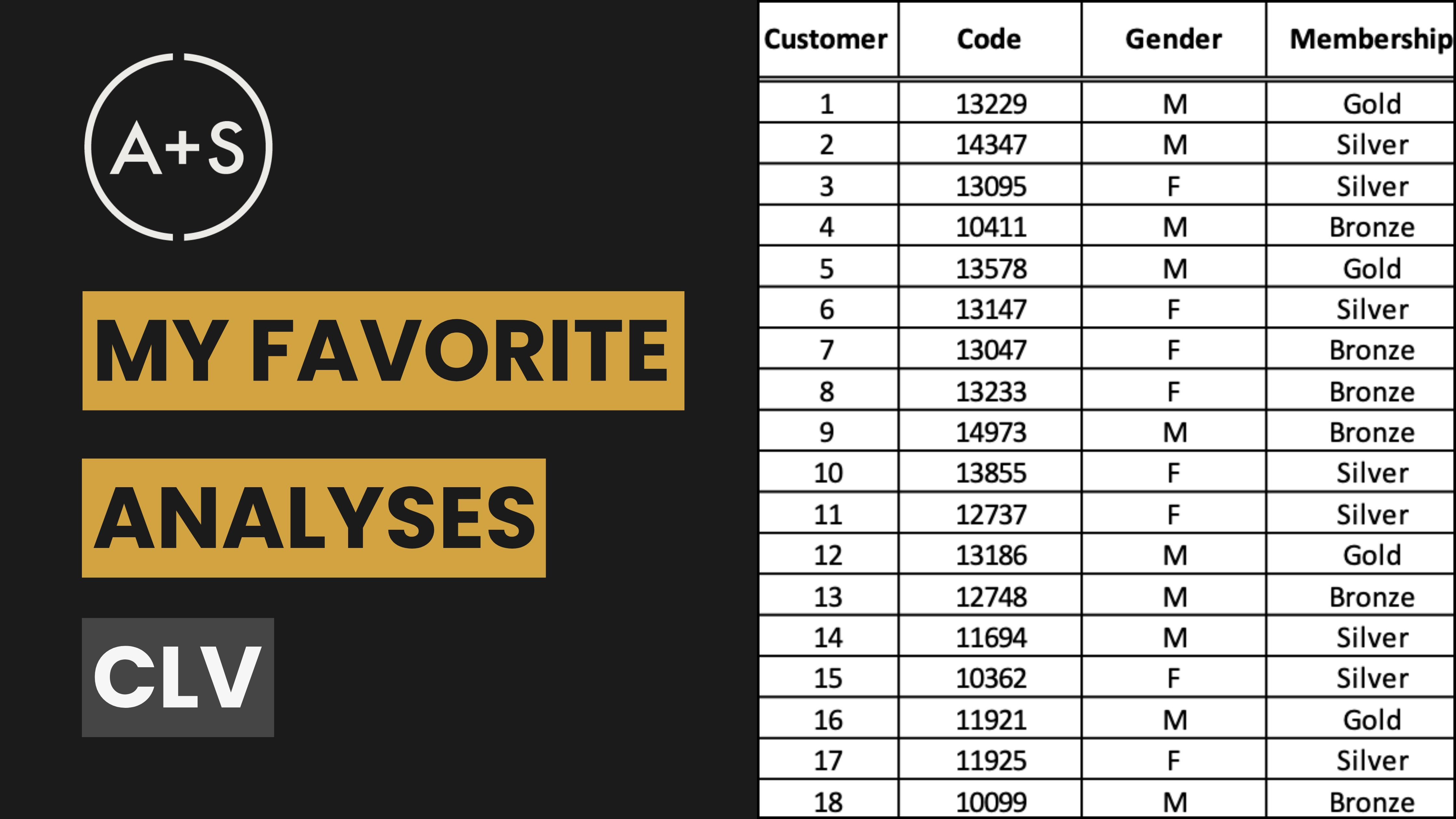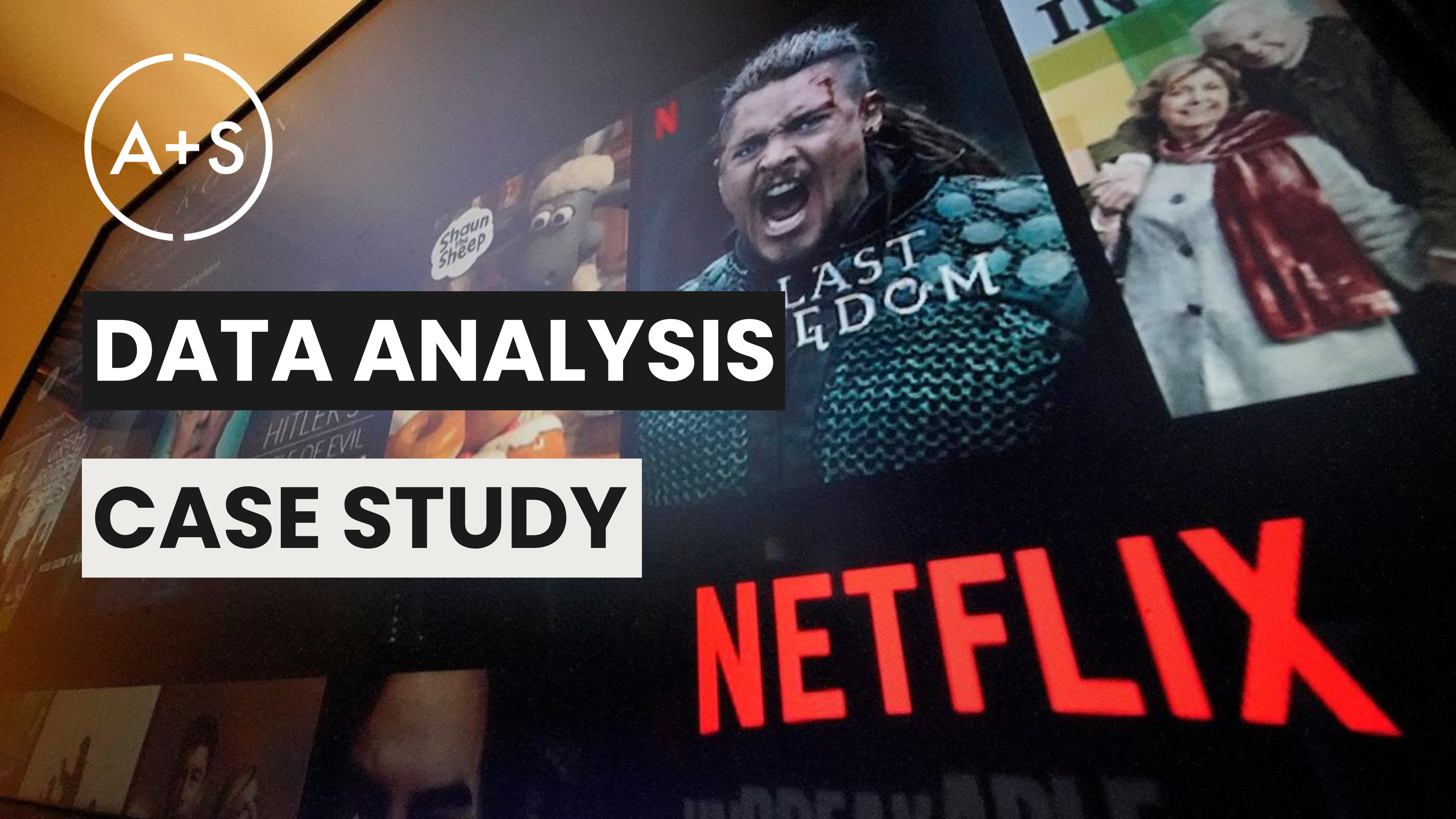Over the past few weeks, we’ve examined the anatomy of bad charts in our Chart Crime Scene series — from issues of Contrast to breakdowns in Clear Meaning and sloppy Refined Execution. Each one was a reminder that data visualization isn’t just about making things look good — it’s about making meaning clear.
But even once you’ve designed a clear, compelling chart, your work isn’t done.
The final step in the communication journey is standing up and presenting your work. That moment — when you’re walking a room through your chart, live — is often the make-or-break point of your entire analysis. It’s where hard-earned insights either click … or fall flat.
In fact, how analysts present their data stories can have just as much impact on audience understanding as the story itself. The visuals matter. The delivery matters too.
The good news? Presenting data well is a skill — and it can be learned.
Today, I’m sharing a simple five-step approach I call The McCandless Method, inspired by the brilliant data journalist and information designer David McCandless. It’s how I teach students (and coach teams) to present visuals that are not only understood — but felt.
Let’s walk through it.
The five steps in The McCandless Method of data presentation
Step 1: Introduce the Graphic by Name The initial step in The McCandless Method is to introduce the graphic by its name, which shifts the audience’s attention to the graphic instead of you. This helps orient the audience and addresses the crucial question that arises when they first encounter a chart: “What am I looking at?”
The name should to be clear, uncomplicated, and unmistakable. Preferably, the name you choose should be the chart’s title or a straightforward rewording of it to avoid redundancy with what’s already printed on the page.
Though analysts may give their charts catchy names to make them more memorable, catchy titles often fail to clearly convey the underlying stories. While seasoned analysts might use this tactic, newcomers should stick to straightforward and easily comprehensible chart names.
Step 2: Answer the Obvious Questions The second step in The McCandless Method involves proactively tackling the obvious questions that audience members might have, even before they get a chance to ask. This strategy helps analysts minimize potential misunderstandings and ensures the audience focuses on the story being told, rather than deciphering chart specifics.
Key questions to address immediately include what the contrasts in your graphic — like color, size, shape, or other distinctions — represent. Remember, contrast is the first thing your audience will notice. Contrasting elements in your chart will grab their attention instantly, so reduce their cognitive load by explaining the contrast before they have a chance to spend precious mental energy figuring it out. You can do this by clarifying what the contrasting colors in your chart mean or how the different sizes of objects on your page indicate variations in the underlying data. Other important questions to address include what data is being presented (such as the chart’s axis labels) and the source of the data.
As analysts present their information, they can identify questions that are likely to come up. The more experience analysts gain in presenting charts, whether in formal or informal settings, the better they’ll become at pinpointing which elements need further explanation.
Step 3: Give Away the Insight The third step in The McCandless Method involves articulating the insight derived from the graphic. An analyst should first tell the audience what to expect to see or feel before backing up the insight with facts. At this point, the audience might be intrigued or even skeptical. By presenting the insight upfront, the analyst gains two advantages: (1) They capture the audience’s attention before it gets lost in data and details, and (2) It sets the stage for the supporting evidence that follows. The insight shared should essentially be the chart’s headline.
For many years, I mistakenly had this step in the wrong sequence. I used to meticulously present my evidence before unveiling the core insight of my analysis with great flair. I believed that by creating suspense and carefully building my narrative, I was leading my audience through my logical process to a compelling conclusion.
Over time, I realized that no matter how well-constructed my narrative was or how impactful my facts were, delaying the insight reduced the chances of maintaining the audience’s attention. Sometimes, the sheer volume of evidence could overwhelm the audience, making it hard for them to focus during the crucial moment of my reveal. Other times, if someone disagreed with a particular fact, they might shut down and ignore what followed.
When I switched the order from “evidence → insight” to “insight → evidence,” my presentations became more effective than ever.
Step 4: Provide Examples After presenting your main insight, it’s important to substantiate it with evidence. This portion of your presentation involves highlighting specific data points, trends, or patterns in the chart that bolster your conclusion. Think of this phase as the “show your work” moment—guiding the audience through the evidence that makes your insight irrefutable.
Visual examples are the most effective. If your chart is well-designed, the narrative should already be evident—visible through elements like shape, slope, clusters, gaps, or contrast. Your task is now to narrate that story. Point out the spike, emphasize the dip, and draw attention to the outlier. Make it seem obvious.
This is also the stage where annotations become valuable. If you’ve incorporated callouts, notes, or reference lines in your chart, now is the time to explain them. Don’t expect the audience to interpret them independently. Explain what each annotation adds to the narrative—why that spike is significant, what the reference line indicates, or how the shaded area alters the story.
Avoid overwhelming the audience with excessive details. Select a few key facts that support your message, such as:
- A significant increase or decrease that illustrates a point
- A cluster of data indicating consistency over time or among groups
- An outstanding outlier that stands out from the rest
- A benchmark or comparison that contextualizes your data
Remember, the sequence of presentation matters. If your audience is skeptical, start with your most compelling evidence to establish credibility from the outset. With a more receptive audience, you can build up to your most impactful fact, delivering it with emphasis at the end of your presentation.
This step focuses on reinforcing your insight rather than inundating the audience with numbers. Stay focused, be selective, and ensure every example is impactful.
Step 5: Close To smoothly move on to the next topic in your presentation, it’s crucial to make transitions effectively.
You can hint at what’s coming up (e.g., “the next slide will reveal something even more incredible”), mention a fact that ties into the upcoming slide (e.g., “remember that 90 percent of U.S. adults visit YouTube monthly – this will be relevant for our next slide”), or explain why the graphic is significant for the audience (e.g., “This is crucial because it opens up a new opportunity for your company to boost household penetration”).
These methods help transition to the next point while keeping your audience engaged. Conclude your visual presentation in a way that suits your objectives and maintains the flow to the next subject.
The McCandless Method is designed to help you deliver a successful presentation by guiding you in presenting data effectively. Incorporating this method into your routine is crucial. While it’s also important to develop other essential habits for presenting graphics, the foundational principles outlined here will support the success of your presentation.
Keep analyzing and see you next week.



